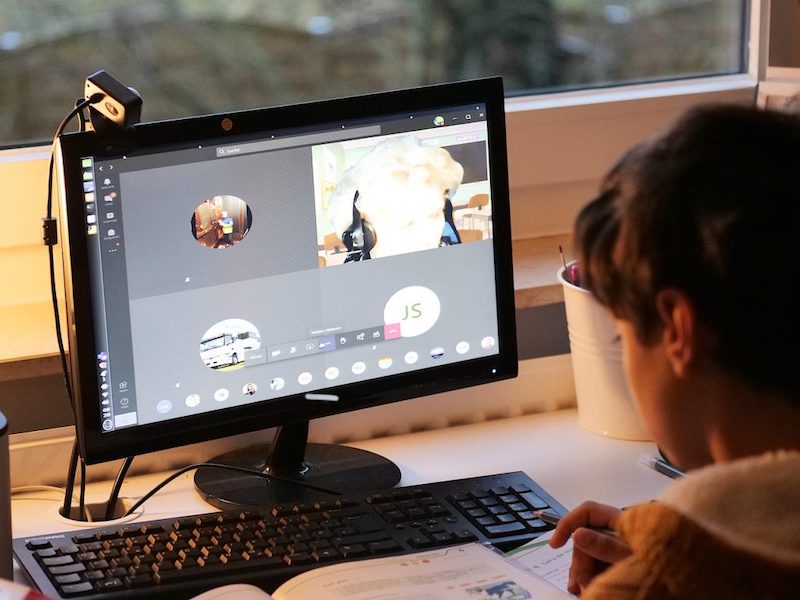The coronavirus (COVID‐19) pandemic closed schools across the globe and our kids had to suddenly rely on technology for their online studies and adapt to a new style of learning, almost overnight. The various interventions undertaken to contain the virus forced governments to issue ‘stay‐at‐home’ orders that resulted in our kids engaging in, (and in some places) still using online learning for long periods of time. Any good parent will already have had certain guidelines in place for their kids screen time, but these were definitely thrown out the window as a rise in technology for our kids became a necessity!
Technology was already integrated into the fabric of our modern lives but during a global pandemic it was the key to our kids learning, kept businesses running and families connected as we all battened down the hatches and tried to ride out the storm. Schools were thrown a massive curve ball with over 1.2 billion kids out of the classroom and had to immediately put steps in place they had never foreseen, as a result education changed dramatically. Our kids had to adapt and adjust to this ‘new normal’ style of learning where teaching was undertaken remotely on digital platforms. All of their studies started to take place on Zoom with the use of e-learning platforms like Udemy or WizIQ and many other portals made possible by the use of technology. We shopped for groceries, engaged in home workouts with our kids during their PE lessons and Food Panda was the go-to app on everyone’s phone! As parents, we have complained about the super sonic emergence of technology in our kids lives and the ongoing debate on how they should manage this, but let’s face it, where would we have been these last 14 moths without it. Digital learning has now emerged as a necessary resource for students and schools all over the world.

The Pros & Cons of On-line Learning
Along with most teaching methods, online learning has its pros and cons and there are now many debates if keeping students learning was advantageous or did it come with its own set of perils.
The Pros must include the efficiency as it offered teachers an efficient way to deliver lessons to students beyond traditional textbooks. Through the use of communication tools such as videos, PDFs, podcasts teachers were able to become more efficient educators. It also allowed students to attend classes from any location which resulted in improved attendance as there were less chances for students to miss classes. Another bonus is that online lectures can be recorded, archived, and shared for future reference. This allows students to access the learning material at a time of their comfort. Every student has a different learning journey and style, the online system with its range of options and resources can be personalised in many ways which is an advantage especially for students who do not thrive in a classroom setting or who are distracted by large groups.
The cons among the most obvious disadvantages of students being easily distracted by social media and other sites, by far one of the biggest challenges of online learning is the struggle with focusing on the screen for long periods of time. Teachers were challenged to keep their online classes engaging, and interactive to help students stay focused on the lesson. Another key issue of online classes is internet connectivity. With billions of users now relying daily on internet for school and business, staying connected with a decent speed is a problem, especially in the more rural areas. Without a consistent internet connection continuity in learning can be both frustrating for students and detrimental to their learning.
One of the most negative points of online learning that has emerged are the effects on kids’ mental health. Most reported feelings of isolation from their peers and teachers and disconnected from society in adverse ways. Alongside the lack of social interaction, students felt a heightened sense of anxiety about keeping up to date with their school work or stay focused while at home. The State News reported that students felt de-motivated, anxious, isolated, a loss of sleep and a notable increase in poor vision, posture and other physical problems due to staying hunched in front of a screen.

Whichever way we choose to look at online learning with over 6 million students who are enrolled in at least one online course this format represents a different experience than the traditional on-campus schooling, but it is an option that continues to gain traction.














